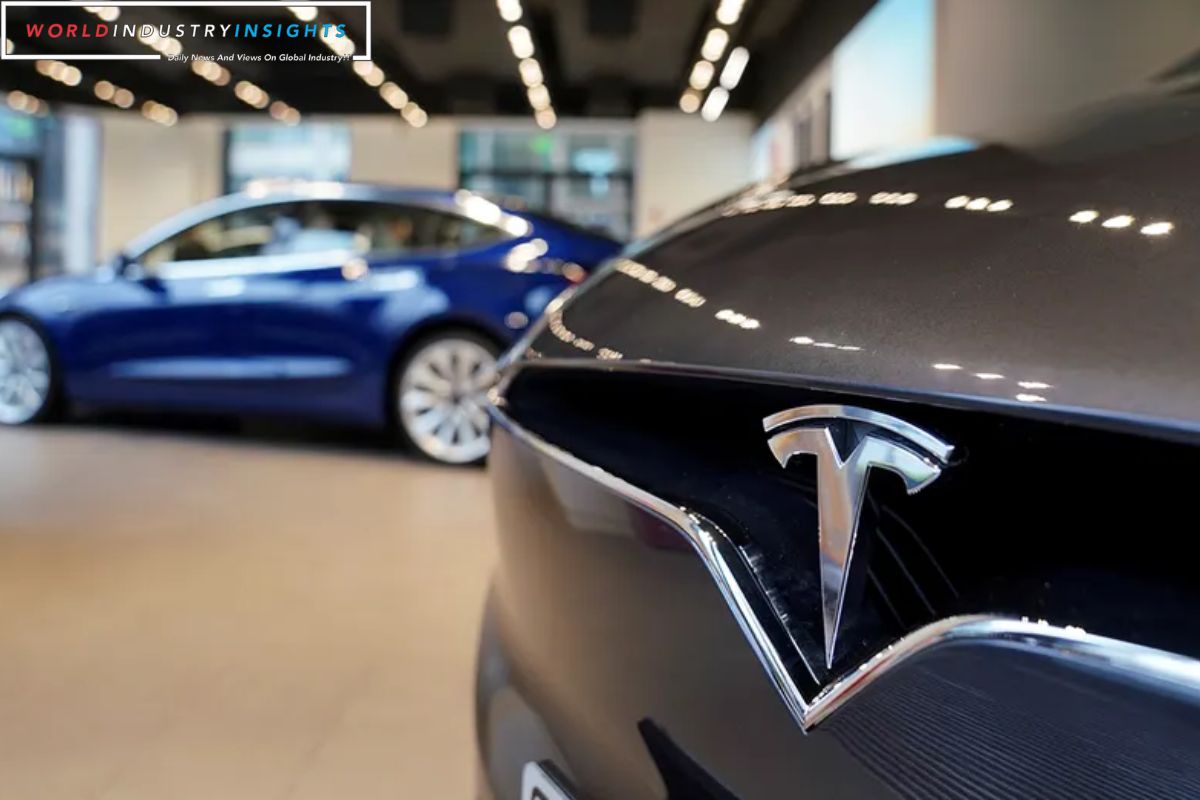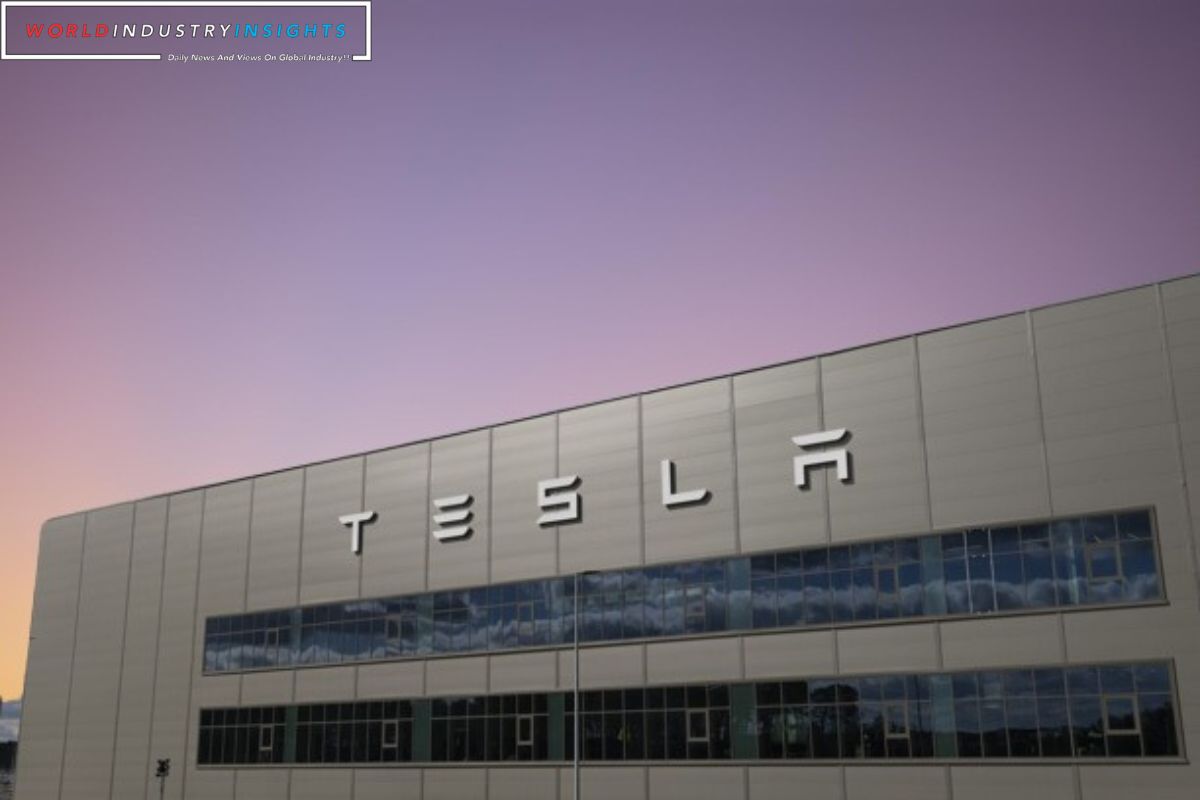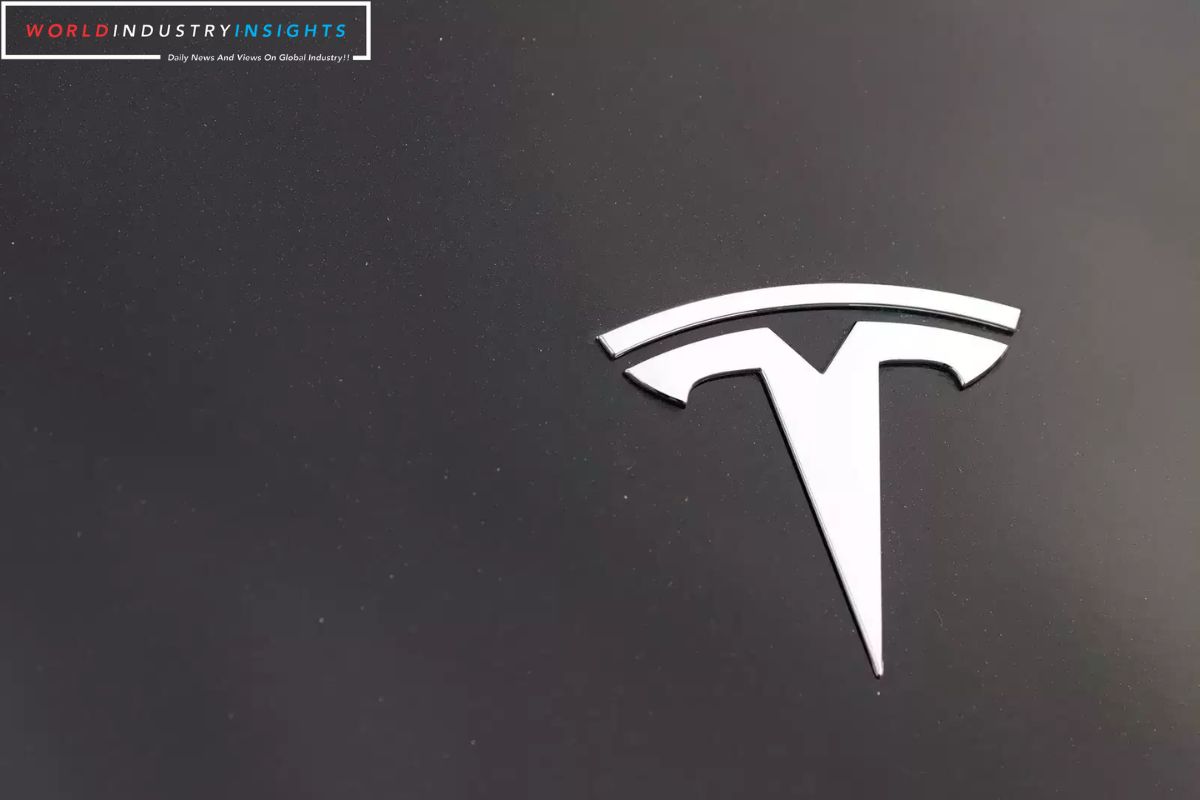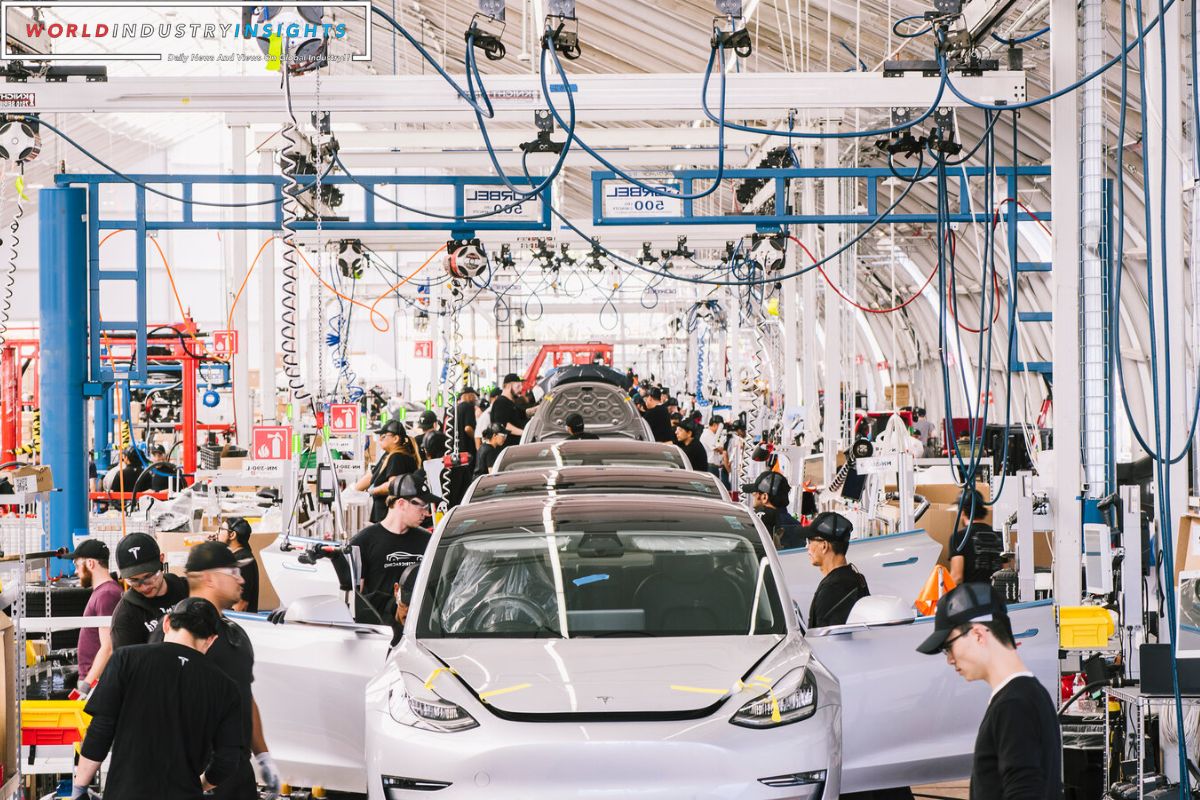Automaker Under Scrutiny: Tesla, the renowned electric vehicle manufacturer, is currently embroiled in a legal battle over allegations of race bias. The company has recently employed a strategic move to seek the suspension of a federal lawsuit filed against them. This development arises amidst the backdrop of various legal challenges faced by Tesla, both at the state and federal levels.
In response to these allegations, Tesla has put forth a robust defense, aiming to refute the claims of race bias. However, the company’s latest move to pause the federal lawsuit raises questions regarding the jurisdictional complexities surrounding the case.
This article will delve into the details of Tesla’s legal challenges, the defense they have mounted, and the implications of their request to suspend the federal race bias suit.
Key Takeaways
- Tesla is facing multiple legal challenges and allegations of race bias and discrimination against Black workers.
- The overlapping state and federal cases suggest a systemic issue within Tesla’s work environment.
- Tesla is vigorously denying any wrongdoing and is challenging the validity of the race bias claims.
- Tesla is requesting the suspension of the federal race bias lawsuit in order to focus on resolving existing state court cases first and to avoid duplication of efforts.
Also Read: Automakers Oppose Steel Merger, Fearing Higher Costs and EV Slowdown
Tesla’s Legal Challenges and the Federal Lawsuit
Tesla is currently facing legal challenges, including a federal lawsuit alleging race bias at its California assembly plant. The U.S. Equal Employment Opportunity Commission (EEOC) has filed a lawsuit accusing Tesla of severe harassment of Black workers. This legal battle has thrust Tesla into the spotlight, with the company vigorously denying any wrongdoing and asserting its commitment to providing equal employment opportunity.
However, the EEOC’s allegations are serious, and if proven true, they could have significant consequences for Tesla’s reputation and financial standing. The company’s decision to seek a suspension of the federal race bias suit indicates a strategic move to buy time and potentially negotiate a settlement. Whether Tesla’s legal challenges will be resolved through litigation or settlement remains to be seen, but the outcome will undoubtedly have far-reaching implications for the company’s future operations and public image.
Overlapping State and Federal Cases Against Tesla
There are both state and federal cases against Tesla, overlapping in their allegations of race bias. On one hand, California’s Civil Rights Department (CRD) has filed a lawsuit against the company, accusing it of discrimination against Black workers. This case reflects a broader concern about the treatment of minority employees within the company. On the other hand, a proposed class action filed by Tesla workers in 2017 alleges racial harassment, which further highlights the persistence of these issues. Additionally, Tesla is currently appealing a $3.2 million award granted to a Black former elevator operator in a separate race harassment lawsuit. These overlapping cases demonstrate the magnitude of the problem and suggest a systemic issue within the company’s work environment.
To further illustrate the complexity of these cases, here is a table summarizing the key details:
| Case | Allegations | Status |
|---|---|---|
| California’s CRD Lawsuit | Discrimination against Black workers | Ongoing |
| Proposed Class Action Lawsuit | Racial harassment | Ongoing |
| Black former elevator operator Lawsuit | Race harassment | Under appeal |
It is evident that Tesla is facing multiple legal challenges on the issue of race bias, indicating a pressing need for the company to address and rectify these allegations.
Tesla’s Defense Against the Allegations
Tesla’s defense against the allegations of race bias centers on challenging the validity of the claims and highlighting potential inconsistencies in the legal proceedings. The company argues that the allegations are part of a false narrative fueled by a toxic competition between the Equal Employment Opportunity Commission (EEOC) and the California civil rights agency. By questioning the credibility of the allegations, Tesla aims to undermine the foundation upon which the race bias lawsuit is built.
Furthermore, Tesla asserts that the simultaneous prosecution of the state court actions and the EEOC lawsuit would result in duplication of efforts and inconsistent court rulings. This highlights the company’s strategic approach to not only challenge the allegations themselves but also to question the fairness and efficiency of the legal process.
Tesla’s defense strategy demonstrates a proactive stance in its fight against the race bias allegations.
Tesla’s Request for Pausing the Federal Lawsuit
Tesla has formally requested a suspension of the federal race bias lawsuit, arguing that it would be more efficient to resolve the existing state court cases before proceeding further. The company’s legal strategy is focused on preventing duplication of effort and conserving judicial resources. By pausing the federal lawsuit, Tesla aims to streamline the litigation process and avoid unnecessary delays.
This approach demonstrates Tesla’s commitment to resolving the allegations of race bias in a timely and efficient manner. It also reflects the company’s confidence in the state court cases, which it believes will provide valuable insights and potentially lead to a resolution.
Tesla’s request for a pause in the federal lawsuit showcases its strategic thinking and desire for a fair and expeditious resolution to the race bias allegations.
Jurisdictional Complications
In light of jurisdictional complications, the federal race bias suit faces potential delays and challenges. The fact that the EEOC lawsuit is filed in federal court, while the CRD lawsuit and the proposed class action are in state court, creates a complex legal landscape. This jurisdictional divide brings about several complications that need to be carefully navigated.
Here are three key issues that arise from these jurisdictional complications:
- Inconsistent court rulings: With the lawsuit split between federal and state courts, there is a risk of conflicting decisions being made. This can lead to confusion and uncertainty regarding the outcome of the case.
- Efficient use of judicial resources: Splitting the lawsuit across different courts can result in duplication of efforts and a waste of resources. It is crucial to ensure that the judicial system is utilized effectively and efficiently.
- Potential delays: Dealing with multiple courts adds complexity and can prolong the litigation process. This can be frustrating for all parties involved and may result in delays in resolving the race bias allegations.
Navigating these jurisdictional complications requires careful coordination and strategic decision-making to ensure a fair and efficient resolution of the lawsuit.
Conclusion Of Automaker Under Scrutiny
In conclusion, Tesla’s pursuit of a legal strategy to seek the suspension of the federal race bias lawsuit showcases the company’s determination to defend itself against allegations.
With overlapping state and federal cases, Tesla faces jurisdictional complications that add to the complexity of the situation.
However, it is crucial to approach this issue from an unbiased and analytical perspective, taking into account all the facts and legal arguments presented by both parties involved.
Our Reader’s Queries
Why can’t I order a car from the manufacturer?
Newer companies have moved away from traditional dealerships and instead refer to their stores as spaces or galleries. This is because many states have franchise laws that prevent auto manufacturers from selling directly to consumers. By using alternative terminology, these companies are able to navigate around these laws and still provide a unique shopping experience for their customers.
Who is Chevrolet owned by?
Buick, Cadillac, Chevrolet, and GMC are all under the ownership of General Motors (U.S.). The popular brand, Hummer, is now a sub-brand of GMC. Additionally, GM has established a formal partnership with Honda to collaborate on the development of electric vehicles.
Where did Oldsmobile get its name?
The moniker “Oldsmobile” was derived from the name of its founder, Ransom E. Olds. Initially established as the Olds Motor Vehicle Company in 1897, the name Oldsmobile was informally used until 1907 when it was officially adopted with the release of the Curved Dash Oldsmobile.
What percentage of American car parts are made in China?
In 2021, the United States imported a whopping $60,147,245,585 worth of automotive parts from Mexico, making up 38% of all imports. Canada followed with $16,461,364,564, accounting for 10% of all imports. China came in third with $15,160,877,927, making up 9.5% of all imports. These countries are the top players in the automotive parts import market, providing crucial components for the US automotive industry.




